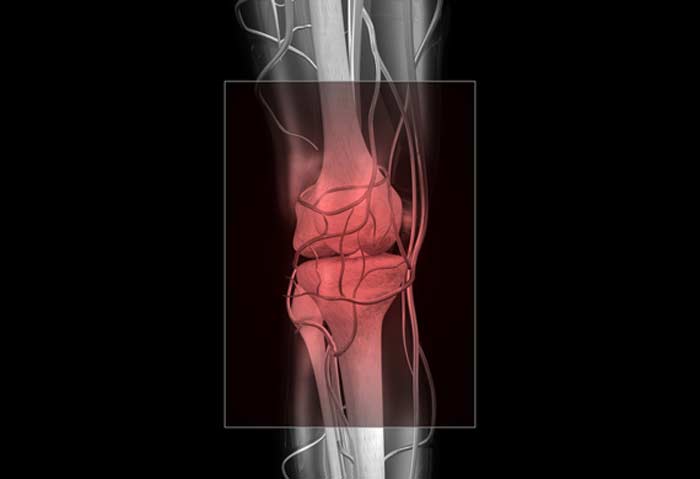
Myofascial pain syndrome, or MPS, is a chronic condition that is caused by damaged fascia.
Fascia is the soft connective tissue that covers and connects muscles and internal organs. This fascia can become damaged as the result of injury or overuse of a particular muscle or group of muscles. This damage causes the formation of what is referred to as a trigger point area. These trigger points become sensitive to stimulus and cause muscle pain.
This pain is unique in that it is sometimes experienced at the site of injury but it can also be experienced in a different area, this is a phenomenon called referred pain. This condition may be confused with fibromyalgia, but the symptoms of MPS are typically more localized.
What Are The Symptoms?
The primary complaint that most myofascial pain syndrome patients report is chronic, localized muscle pain. This pain is often characterized as being a deep and aching pain rather than a tingling or sharp sensation, and it often progresses over time. Many of the symptoms associated with MPS contribute to one another. For example, chronic pain can prevent patients from being able to sleep well. This sleep deprivation then causes the patient to experience fatigue, which in turn will cause the patient to be more sensitive to pain triggers.
Some patients also experience muscle weakness, but if this progresses or begins to affect functionality, the patient should discuss this with their physician. Patients may also experience mood disturbances or depression as a result of sleep deprivation or chronic pain.


How Is It Diagnosed?
The only way to properly diagnose myofascial pain syndrome is for the physician to complete a thorough assessment and physical examination. During the assessment, it is critically important that the patient honestly and comprehensively explains their symptoms. During the physical examination, the physician will apply pressure to the muscle in the area that the patient is experiencing symptoms in. This will allow them to test for specific reactions, such as a muscle twitch. It will also allow them to feel for nodules or abnormalities in the muscle. This is how the physician will determine not only if the diagnosis is MPS, but also the type of trigger point. Active trigger points will twitch, be tender, and potentially cause referred pain.
Latent trigger points may actually be older and generally not cause symptoms, but can become active in the event of stress or injury. A secondary trigger point is a point that experiences painful sensations when a different muscle is stimulated. A satellite myofascial point is an area that becomes active simply because it is located close to an active trigger point. The physician may also order imaging or blood tests to eliminate other possible causes of the pain.
What Are The Treatment Options?
There are many treatment options for patients with MPS. Some patients benefit from a variety of medications designed to relieve their pain and improve their sleep. This often includes over-the-counter pain relievers, muscle relaxants, and antidepressants. Physical therapy and massage have also proven to be helpful for many patients. A specific technique that is often utilized is referred to as the stretch and spray technique, which involves spraying the muscle with coolant and then slowly stretching the muscle out.
If non-invasive measures don’t offer relief, the physician may recommend trigger point injections. This procedure is simply the injection of either a numbing agent or a steroid directly into a trigger point.
